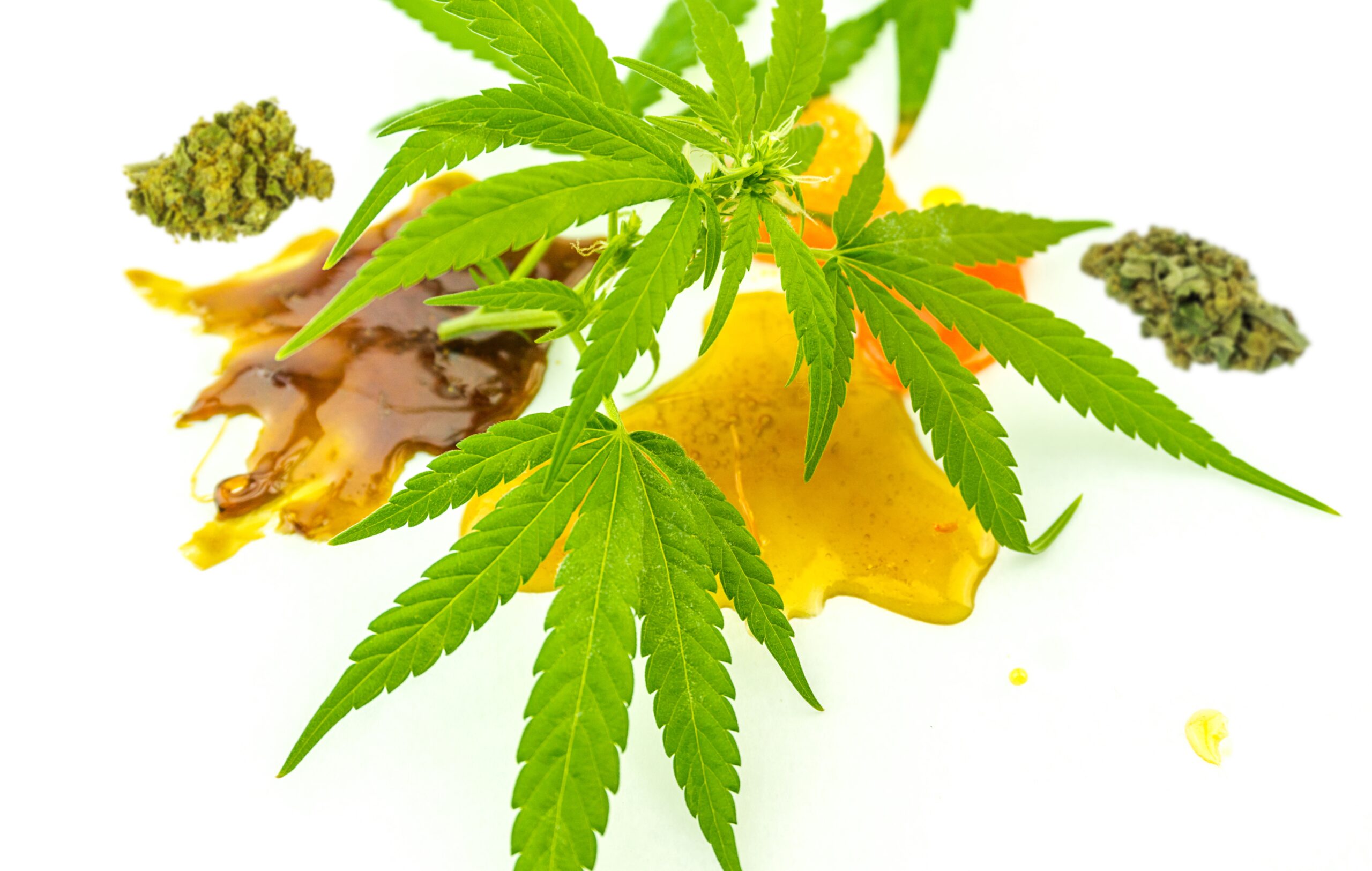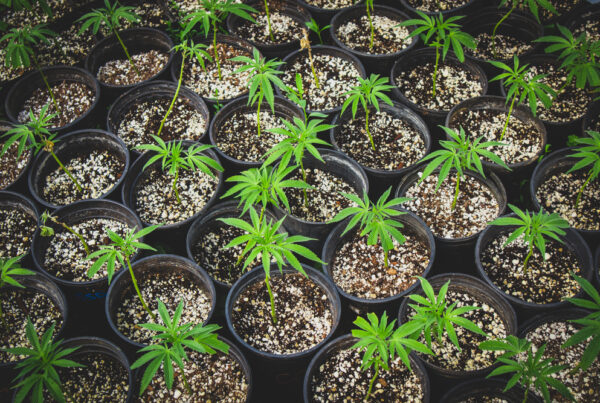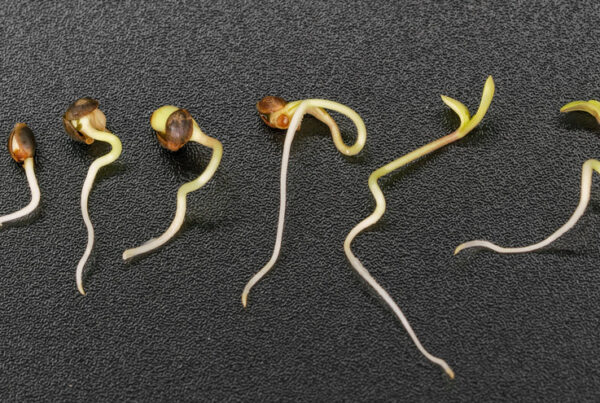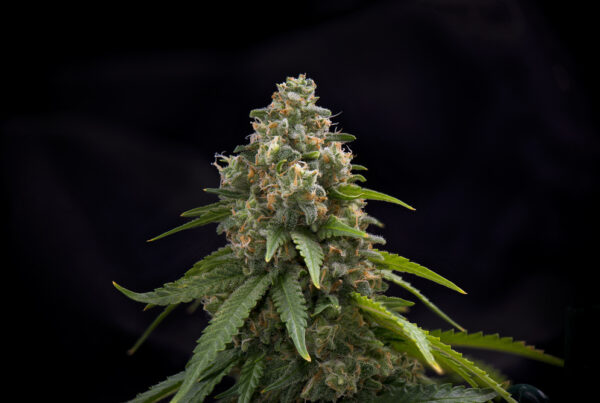Over the years, there has been a significant rise in the popularity of cannabis concentrates. One of the factors contributing to their appeal is their potency. Extracts such as shatter, oil, and wax offer a form of THC or CBD, delivering a more intense experience compared to smoking dried flower buds. In this article, we will delve into what these cannabis extracts are, how they are produced, and what distinguishes them from one another.
Understanding Cannabis Extracts:

1. Cannabis Shatter:
Shatter derives its name from its resemblance to shattered glass when broken into pieces. It is a concentrate in cannabinoids. Available in strains and CBD to THC ratios, shatters are renowned for their effects owing to high levels of THC.
2. Cannabis Oil:
Cannabis oil is crafted by extracting cannabinoids using methods like CO2 extraction or solvent-based techniques. The resulting liquid is commonly utilized for purposes due to its versatility. It can be ingested orally or incorporated into food items for consumption.
3. Cannabis Wax:
Similar to shatter in terms of potency but with a better texture, cannabis wax has a waxy consistency and sticky feel, which is why it’s called “wax.” Although it might contain terpenes compared to shatter or oil, due to the production methods used, it still provides the desired levels of cannabinoids.
Production Methods:
The production methods for these three extracts have variations that affect the texture, chemical composition, and overall experience for users.
1. Extraction Techniques:
All three extracts involve extracting compounds from parts of the plant like leaves, trimmings, or flowers using solvents such as hydrocarbons (like butane or propane), alcohol-based solvents (such as ethanol), carbon dioxide (CO2) or mechanical pressure (rosin). Each method results in different textures: shatter typically maintains a glass structure after extraction, while oils are liquid and waxes have a crumbly or “honeycomb” consistency.
2. Purging and Filtering:
Following the extraction process, each extract undergoes purging and filtering to remove any remaining solvents or impurities. The quality of these processes plays a crucial role in producing concentrates that are clean and have higher purity levels and impacts on cannabis consumption.

Choosing the Right Extract for Your Needs:
When deciding on the cannabis extract for your needs, there are several factors to consider:
1. Desired Effects:
Consider the effects you want from your cannabis consumption. If you’re seeking more intense effects, shatter or wax extracts might be suitable options. On the other side, if you’re looking for a precise dosage and greater versatility in how you use it, oil extracts might be the better option.
2. Strength and Dosage:
Take into consideration the THC or CBD concentration for your needs. Shatter and wax are renowned for their effects, often boasting THC levels of up to 80%. This makes them popular among users who are accustomed to higher doses. On the other hand, oil extracts generally have moderate potency levels and offer more flexibility when it comes to dosing options.
3. Convenience:
Convenience is another factor to consider. Shatter and wax extracts require tools like dab rigs or vaporizers tailored for concentrates. These methods aren’t as easily portable as oil extracts, which can be used with vape pens or consumed orally without any equipment needed.
4. Method of Consumption:
Determine how you prefer to consume your cannabis extract. If vaping is your go-to method, both shatter and oil can be used in vaporizers designed specifically for concentrates. However, if you’re seeking an all-in-one solution without any hardware requirements, oil extracts may be more suitable.
Keep in mind that everyone’s preferences differ when it comes to cannabis consumption methods and desired effects. It’s important to approach experimentation and discover what methods work best for you.
Conclusion
Cannabis extracts like shatter, oil, and wax offer a means of consuming cannabinoids with potency compared to relying solely on traditional dried flower buds. Each extract possesses characteristics in terms of texture levels of THC or CBD concentration versatility, usage, and method of consumption.
By understanding the distinctions between these extracts, including their production processes and how they affect consumption, individuals can make choices based on their desired effects, preferred potency levels, and convenience factors.
Whether you opt for the glassy consistency of shatter, the versatility of oil, or the concentrated texture found in wax. Cannabis extracts provide an experience that continues to shape the evolving landscape of cannabis consumption.






